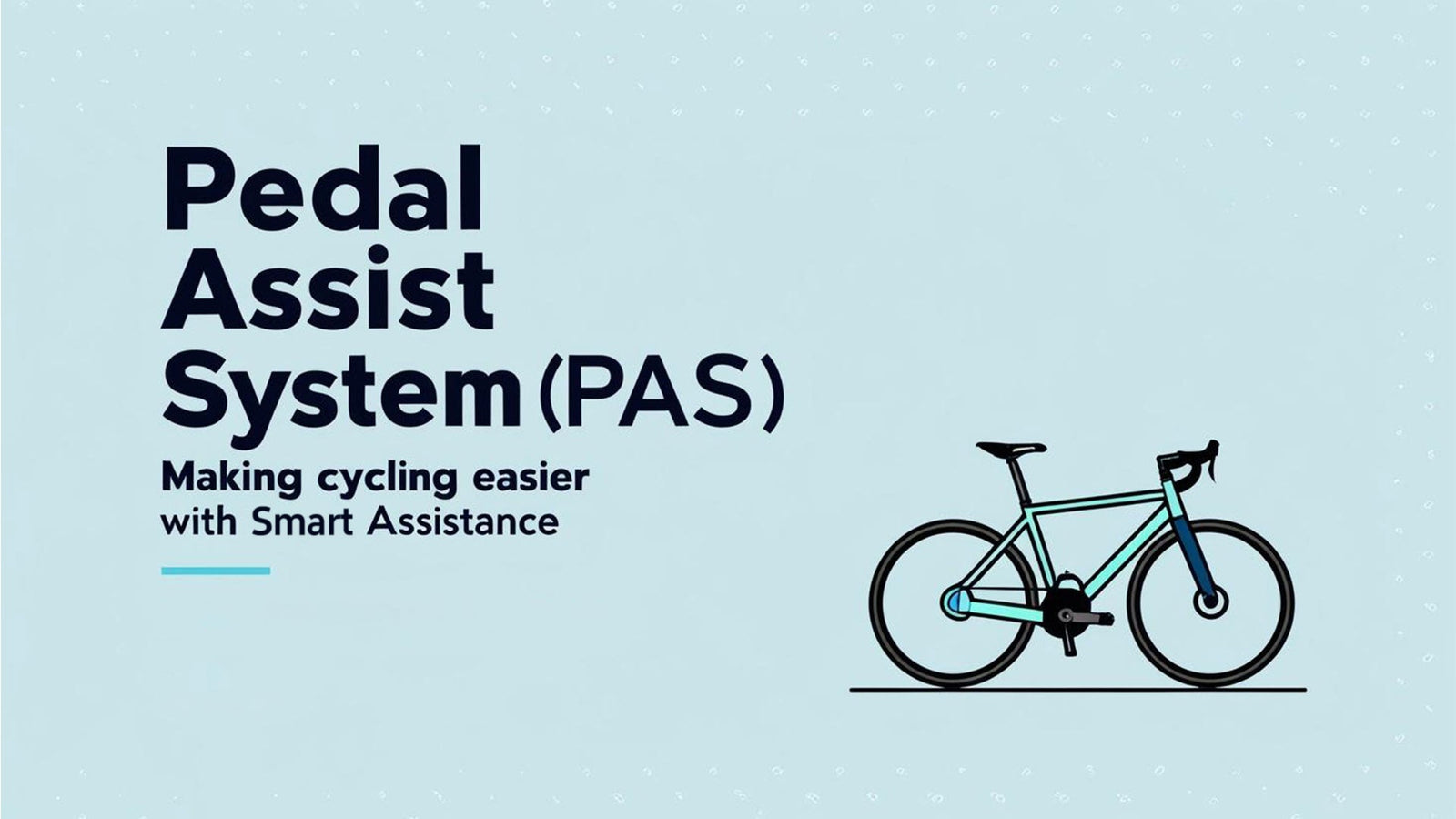Pedal Assist System (PAS): Making Cycling Easier with Smart Assistance

Nowadays, people demand more convenience and intelligence from their transportation tools. The Pedal Assist System (PAS), an emerging assistive technology, is increasingly applied in various vehicles. It not only makes traveling easier but also improves efficiency and comfort while riding. In this post, we’ll take a closer look at PAS to help you better understand how it works and its benefits.
With growing environmental awareness and a focus on healthy lifestyles, bicycles and other human-powered vehicles have regained popularity. The introduction of PAS has injected new energy into these traditional vehicles. More and more bikes and e-bikes now come equipped with PAS to meet users’ needs for easier and more efficient riding experiences.

So, what exactly is PAS?
At its core, a Pedal Assist System is designed to enhance the cycling experience by providing additional power to the rider while they pedal. Unlike traditional electric bikes that operate solely on a throttle, PAS integrates seamlessly with the rider’s pedaling efforts. This system detects when a cyclist is pedaling and provides varying levels of assistance based on their input, allowing for a more natural and enjoyable ride. The result? An efficient way to cover longer distances or tackle challenging terrains without overexerting oneself.
For example, Flipsky’s independently developed FT series ESC supports PAS functionality. The latest version v1.4 adds PAS support with broad compatibility for almost all cadence sensors on the market. The FT ESC allows riders to switch between different PAS control modes and PAS sensor type, adjust assistance levels, and customize response sensitivity according to their preference.
Additionally, the FT ESC can connect via UART interface to Flipsky’s TFT display module, enabling real-time monitoring of key riding data such as speed, battery voltage, and assist gear level, providing a user-friendly and intuitive experience. The system also integrates brake signal detection, instantly cutting off motor assistance when braking is detected to ensure rider safety. These combined features make the FT ESC’s PAS system not only intelligent and efficient but also highly practical, catering to users’ diverse needs for comfort, safety, and control.
How does PAS work?
Sensors continuously monitor your pedaling, sending force and cadence data to the controller. The controller calculates the optimal level of assistance based on preset algorithms and controls the motor output, helping you ride more effortlessly.
There are two main types of PAS:
· Cadence sensor based: detects pedaling speed to decide when and how much assistance to give.
· Torque sensor based: measures the actual pedaling force for more precise, natural, and smooth assistance.

What are the benefits of PAS?
It significantly reduces riding difficulty, especially on uphill and long-distance trips, saving your energy. It improves riding efficiency and speeds up your commute. Plus, it allows elderly or physically limited riders to enjoy cycling, expanding the range of users who can benefit.
In short, the Pedal Assist System makes riding simpler, more efficient, and supports environmentally friendly travel. As technology advances, PAS will become even smarter and more practical. We hope this introduction helps you get to know PAS better and enjoy the convenience and fun it brings to your ride!
For more details, please review our official website and social channels.
https://flipsky.net/
https://www.youtube.com/c/FlipskyTech
https://www.instagram.com/flipsky_tech/
https://www.facebook.com/FlipskyTech









Leave a comment